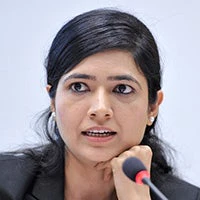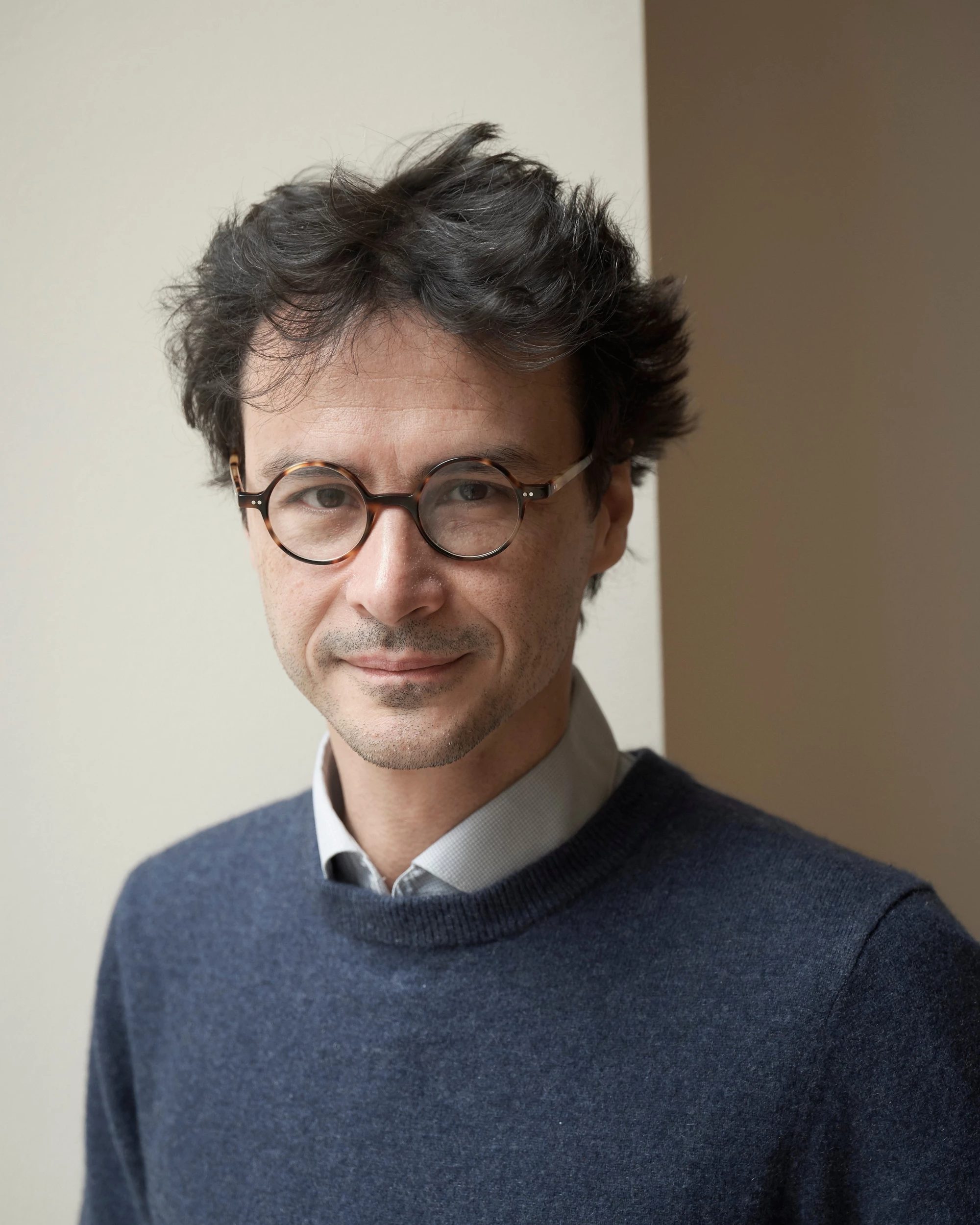 Global trade declined dramatically at the onset of the pandemic but bounced back sharply in 2020. Copyright: Rimidolove/Envato Elements
Global trade declined dramatically at the onset of the pandemic but bounced back sharply in 2020. Copyright: Rimidolove/Envato Elements
The COVID-19 pandemic was a major shock to the global economy. Global trade declined dramatically at the onset of the pandemic but bounced back sharply in 2020. The importance of outward-looking trade policies, which emphasize refraining from trade protectionism, is increasingly emphasized. Despite the key role that Trade Promotion Organizations (TPOs) play in promoting trade, as highlighted in a recent survey (2020), little is known about COVID-19’s impact on their activities. To address this gap, the World Bank carried out a survey of TPOs in 57 countries from Fall 2021 to Spring 2022 to better understand how they responded to COVID-19, as well as their work more broadly.
In times of crisis, understanding the characteristics and role of TPOs is critical because they can help weather shocks by supporting businesses by expanding their global reach and diversifying their markets. In exploring how TPOs adapt and respond to crises, we can uncover insights on their effectiveness and potential for facilitating economic recovery and promoting international trade.
Several key findings emerge from the survey are:
The size and structure of TPOs are very heterogenous across country income groups.
First, the budget of the median TPO in high-income countries is 20 times larger than that of the median TPO in low-income countries. TPOs’ budget responses during the pandemic also varied across income groups: Although TPOs in high-income countries increased their budget, those in low-income countries saw a decline in their budget even after lockdown measures eased (figure 1). Second, TPOs in high-income countries have a stronger hierarchical structure. The number of board members per employee in high-income countries is eight times smaller than in TPOs in low-income countries. This could partly reflect the finding that although TPOs in high-income countries tend to have broader mandates, TPOs in low-income countries mainly focus on export promotion. These observations could be explained by the fact that a broader mandate may require a more hierarchical structure.
Figure 1: TPOs’ budgets 2018-2021

Note: The box plot represents the Inter-Quartile range (IQ), i.e., observations with values in the 25 to 75 percentile range. The line in the middle of the box represents the median value. The whiskers indicate the 1.5 IQ range above and below the box. If all observations in either the top or bottom whisker are within 1.5 IQ, then the corresponding whisker shortens to the maximum value within the 1.5 IQ range.
The response of TPOs to the crisis varied by income group.
First, TPOs generally target established medium-size exporters rather than large or small non-exporters or occasional exporters. During the pandemic, the focus on established exporters was stronger in high-income countries, although non-exporters became relatively more important in low-income countries. Second, while marketing activities remained the TPOs’ main expenditure item during the pandemic, their relative importance declined in low- income countries as the pandemic hit. This is partly explained by TPOs in low-income countries being slower to adapt to virtual tools such as business-to-business (B2B) matching events. Interestingly, one of the most popular virtual tools used during the pandemic in both high- and low-income countries was “Training on e-commerce” (figure 2). This virtual program was also one of the lowest expenditure shares, suggesting such programs are not only popular but also relatively cheap. Third, contingency planning and recovery plans are less common for TPOs in low-income countries. At the time of the survey, not a single TPO in low-income countries had a COVID-19 recovery plan in place. For TPOs in high-income countries, 59 percent had a recovery plan in place.
Figure 2: Largest applicant share of virtual programs by income group

The TPOs survey helps to understand the functioning of TPOs before, during, and after the crisis and provides directions for policy action.
Even before the crisis, TPOs mainly supported established exporters who may have already known how to penetrate foreign markets, while missing out on the non-exporters who face higher barriers. This can be an important margin on which TPO programs can exhibit high returns. During the pandemic, TPOs’ responses were contingent on their organizational structure and budget. For example, the fall in marketing activities expenditures in low-income countries is probably linked to the slow adoption of virtual tools and their much smaller budgets could be due to the absence of a recovery plan. In a post-COVID world, TPOs may continue relying extensively on virtual tools. This, combined with the large demand for training on e-commerce, could potentially lead to a more inclusive export composition, helping smaller firms participate more easily not only in export promotion programs, but also in global markets through electronic platforms.






Join the Conversation